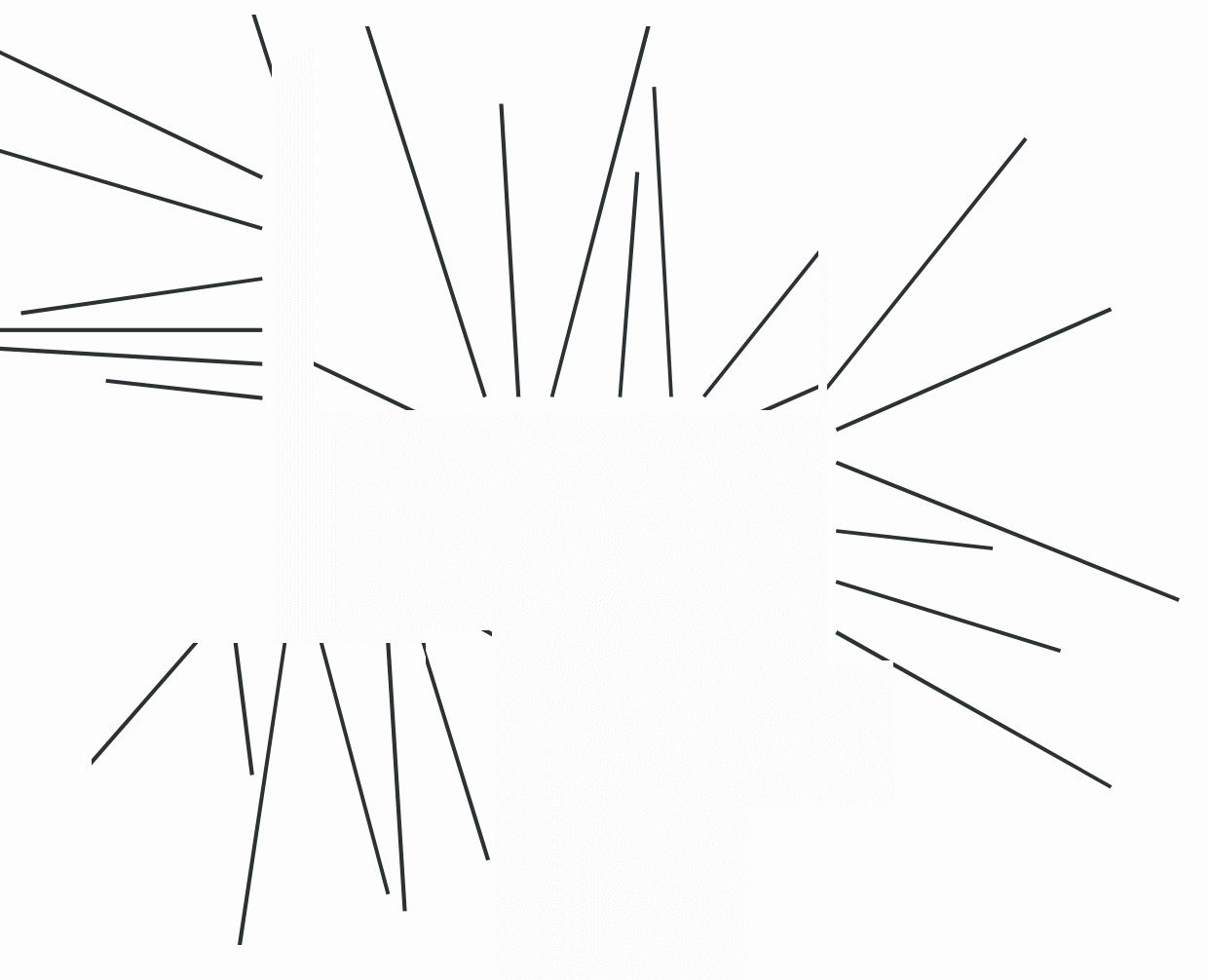9.35 Illusion Laboratory
Spring 2020 Vision Lab
Can Illusory Contours be Formed from a Coincidental Alignment of Moving Inducers
It is believed that illusory contours help us distinguish object boundaries as they are sometimes difficult to discern. An example of this is the difficulty with local ambiguity. The generic viewpoint assumption states that we can typically only see illusory contours if the occlude is viewed from a generic viewpoint. The occluding object has to be plausibly occluding the other objects. The illusory contour typically cannot be seen if the viewpoint is an accidental one.
A question that I am attempting to answer is whether illusory contours can be formed from a coincidental alignment of moving inducers. To do this, I took parts of traditional illusory contours and set them far apart. From there, I have them move around and eventually create the original illusory contour. The question is whether the illusory contour is still visible, or if it is harder or easier to detect.
Triangle Illusory Contour

Square Illusory Contour

Albert, M. K., & Hoffman, D. D. (2000). The generic-viewpoint assumption and illusory contours. Perception, 29(3), 303–312.
